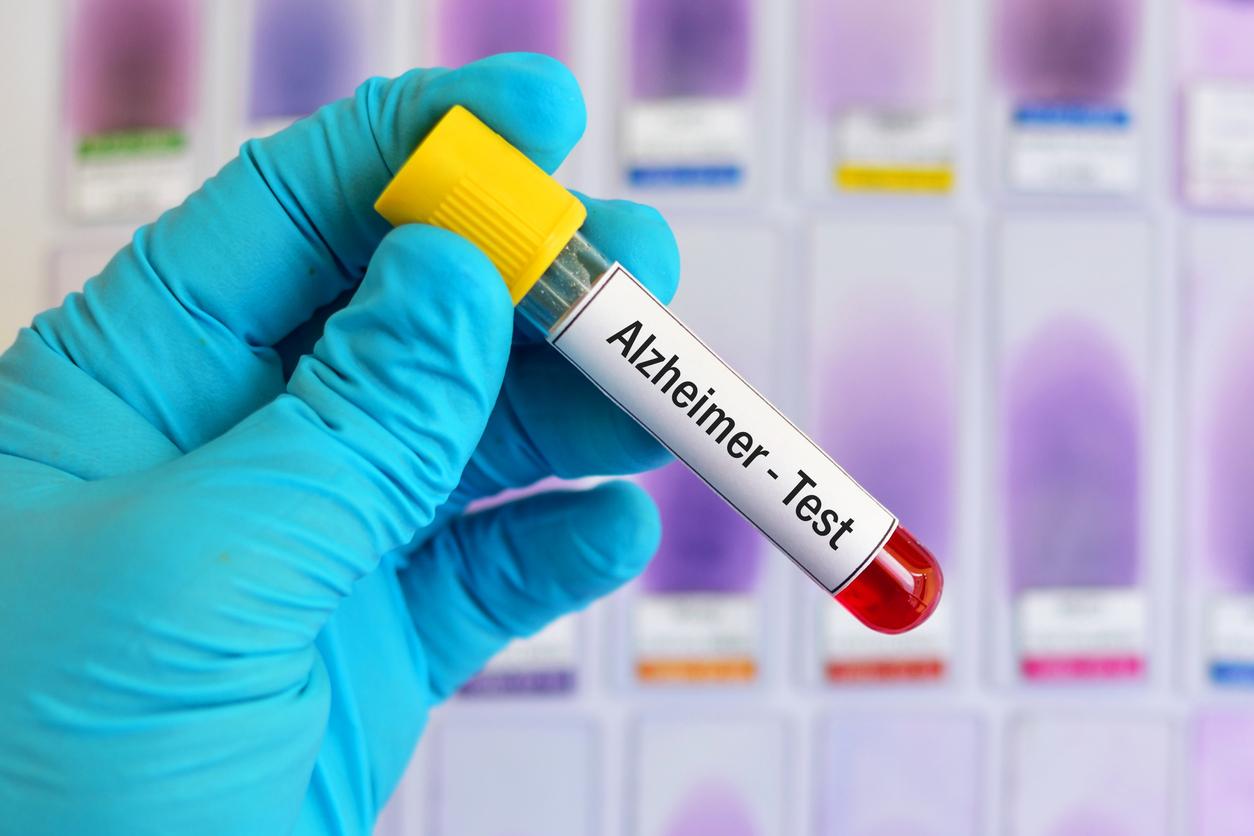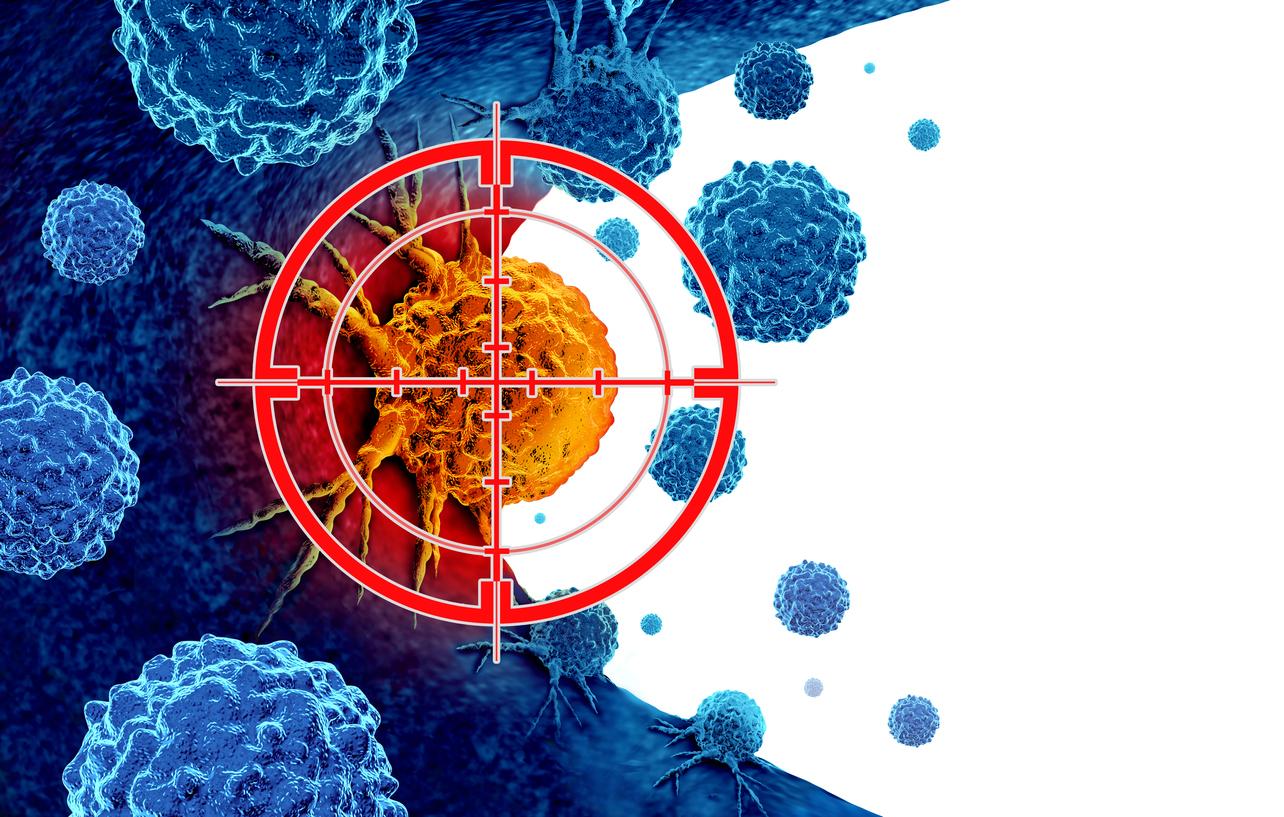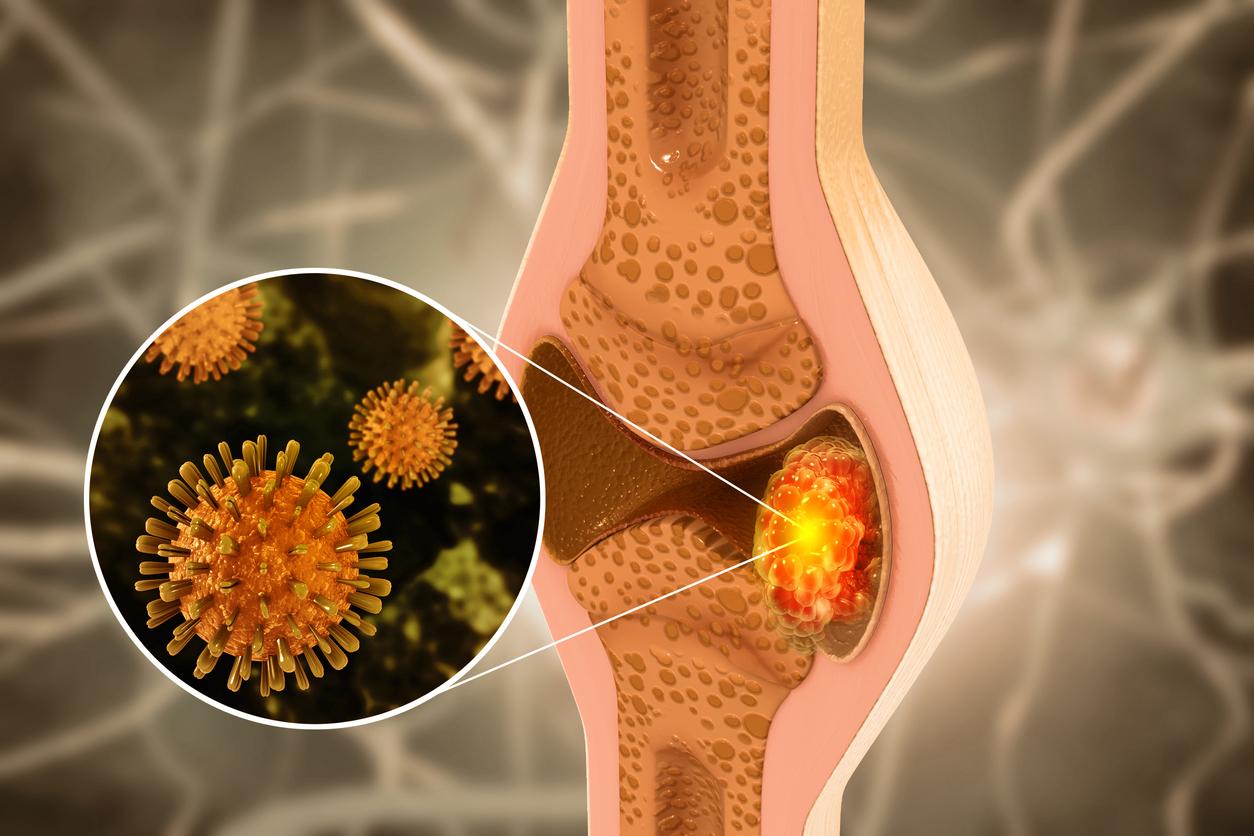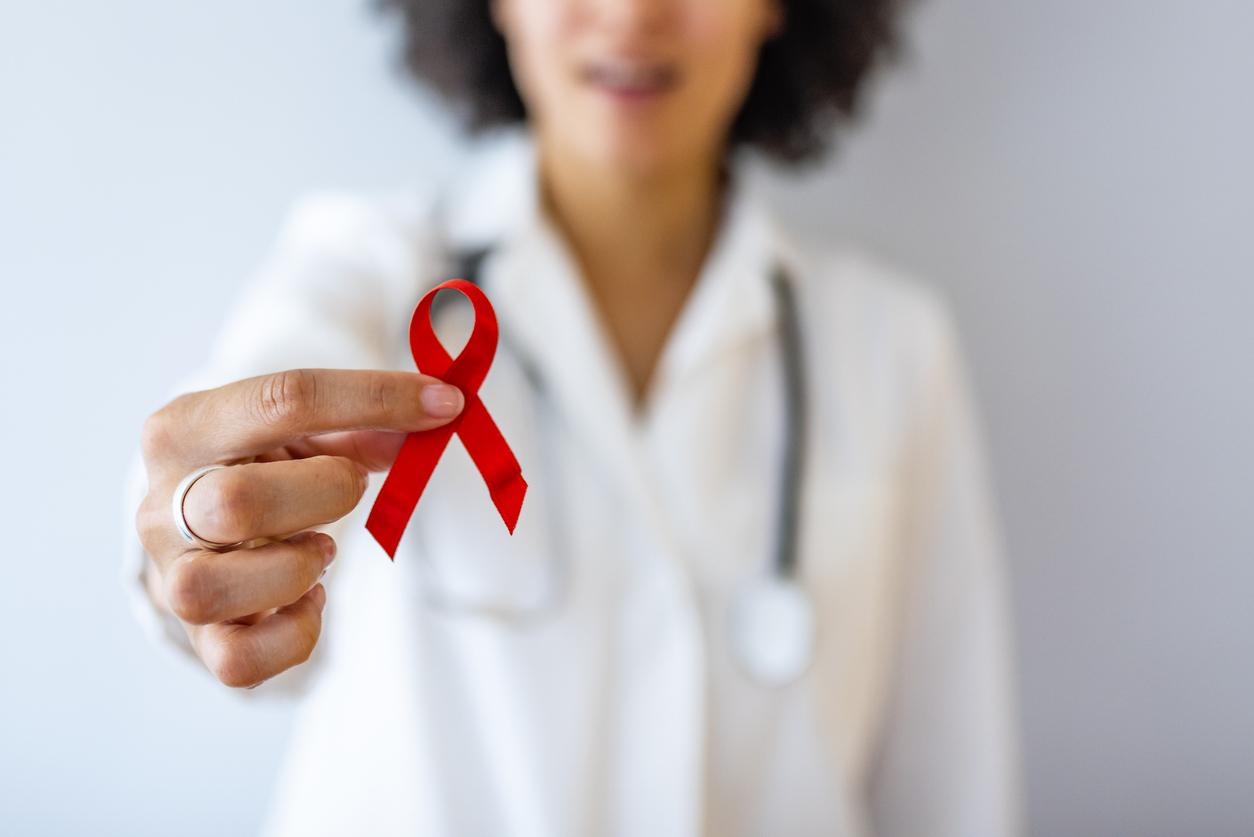This World Hemophilia Day is an opportunity to raise awareness of this rare hereditary genetic disease which affects around 7,000 people in France and for which there is still no cure.
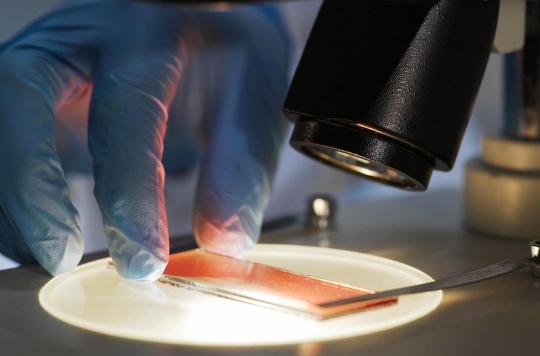
About 7,000 people in France suffer from hemophilia, a rare hereditary genetic disease that prevents blood from clotting properly. As explained Inserm, in case of bleeding, the flow can not stop or then very difficult. “Patients therefore risk severe bleeding in the event of an injury and sometimes spontaneous bleeding, especially in the joints”. Current treatments make it possible to “control” the disease, but not to cure it. This 29th hemophilia day is an opportunity to talk about this little-known pathology, often stigmatized and misunderstood.
Two types of hemophilia
To begin with, there are two predominant types of hemophilia: hemophilia A, which is the most common since it affects one baby boy in 5,000 births. This, without going into detail, is characterized by a deficiency of coagulation factor VIII. Then there is hemophilia B, five times rarer since it affects one baby boy out of 25,000 births, linked to a deficiency of coagulation factor IX. Treatments fortunately make up for the lack of coagulation factors VIII and IX, but must be administered by infusion, repeatedly to prevent risks, or punctually in the event of bleeding.
The degree of severity of the disease varies from one patient to another: “it is severe in half of the cases, minor in 30 to 40% of patients and moderate in the others”, specifies Inserm. However, it is not a progressive disease: “whatever its severity, it remains the same throughout life”.
Hemophilia in childhood
The majority of patients are male, in particular because hemophilia is transmitted by the X chromosome where the incriminated genes are located. “Having only one copy of this chromosome, boys are systematically sick when they inherit a mutated gene. Conversely, girls with two X chromosomes are only sick if they inherit two X chromosomes each carrying a mutated gene. This situation is extremely rare”.
Excessive bleeding during infancy (which can occur as early as 3 months of age) is an indicator of the disease. When the child begins to move, bruises may appear on the legs, as well as bleeding in the muscles and joints. In some cases, this bleeding even leads to hematomas that need to be removed through surgery so that they do not compress other vessels or nerves.
Pain and Disability
Hemophilia-related complications can be life-threatening and/or significantly impact quality of life. Haemarthroses, for example, that is to say effusions of painful blood in the joints, causing swelling and loss of flexibility. Eventually, this can lead to disability. Some hemarthroses can be fatal when they occur in the brain, chest or abdomen.
Where is the research?
In 2017, dwo major treatment breakthroughs in hemophilia A were presented at the American Congress of Hematology, ASH. One concerns a bispecific antibody tested subcutaneously on 60 hemophiliac A children, which mimics the role of factor VIII, the missing coagulation factor. The other concerns gene therapy in a preliminary study carried out on 13 adults, but which gives hope of a cure for the patients who will benefit from it.
Last May, researchers affiliated with the Salk Institute for Biological Studies in California demonstrated in mice that hemophilia B could be treated for life with a single injection, but more research is needed before conducting trials. clinical in humans.
.








